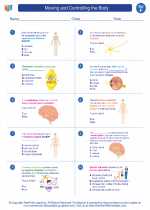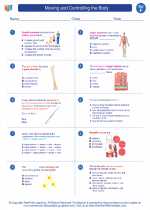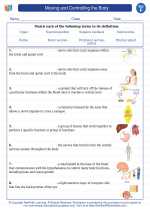Intestines
The intestines are a vital part of the digestive system, responsible for the absorption of nutrients and the elimination of waste from the body. There are two main sections of the intestines: the small intestine and the large intestine.
Small Intestine
The small intestine is where most of the digestion and absorption of nutrients takes place. It is approximately 20 feet long and is divided into three parts: the duodenum, the jejunum, and the ileum. The small intestine is lined with tiny finger-like projections called villi, which increase the surface area for absorption of nutrients into the bloodstream.
Large Intestine
The large intestine, also known as the colon, is about 5 feet long and is responsible for absorbing water and electrolytes from the remaining indigestible food matter, forming feces, and eliminating it from the body. The colon is also home to a large population of beneficial bacteria that aid in the digestion of certain substances and the production of certain vitamins.
Functions of the Intestines
The main functions of the intestines include:
- Digestion of food
- Absorption of nutrients
- Formation and elimination of feces
- Maintenance of gut microbiota
Study Guide
Here are some key points to remember about the intestines:
- The small intestine is where most of the digestion and absorption of nutrients occurs.
- The large intestine is responsible for absorbing water and forming feces.
- The intestines play a crucial role in maintaining the body's nutrient balance and eliminating waste.
- The presence of villi in the small intestine increases the absorptive surface area.
- The colon is home to a diverse population of beneficial bacteria that aid in digestion and produce certain vitamins.
Understanding the structure and function of the intestines is essential for grasping the process of digestion and the importance of nutrient absorption in the human body.
.◂Science Worksheets and Study Guides Sixth Grade. Moving and Controlling the Body

 Worksheet/Answer key
Worksheet/Answer key
 Worksheet/Answer key
Worksheet/Answer key
 Vocabulary/Answer key
Vocabulary/Answer key
 Vocabulary/Answer key
Vocabulary/Answer key
 Vocabulary/Answer key
Vocabulary/Answer key
